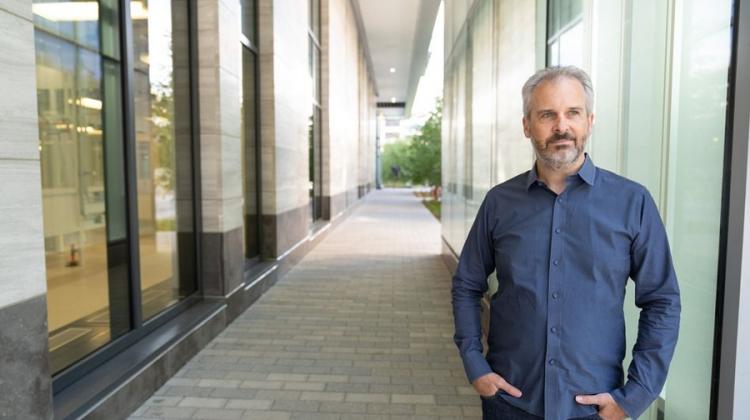Uncovering links between architecture, politics, and society

“I really think about myself first as a historian of modernity,” says Associate Professor Timothy Hyde. “Architectural history is the particular vehicle that I use to explore the history of modernity.”
A building is many things: a stylistic statement, a form shaped to its function, and a reflection of its era.
To MIT architectural historian Timothy Hyde, a building represents something else as well.
“Every building is ultimately a compromise,” says Hyde. “It’s a compromise between the intentions of architects, the capacities of builders, economics, politics, the people who use the building, the people who paid for the building. It’s a compromise of many, many inputs.”
Even when architecture is stylish and trend-setting, then, buildings are developed within political, legal, and technological limits. And Hyde, formerly a practicing architect himself, has built a niche for himself at MIT as a scholar exploring those issues.
In a relatively short span, Hyde, an associate professor at MIT, has written two books on the relationship between architecture and society, one exploring modernism and democracy in 20th century Cuba, and the other looking at the connections between architecture and power in modern Britain.
In both, Hyde, whose sharp archival work matches his grasp of buildings, shows how buildings have co-evolved along with the political and legal practices of the contemporary world.
“I really think about myself first as a historian of modernity,” Hyde explains. “Architectural history is the particular vehicle that I use to explore the history of modernity.”
Full article by Peter Dizikes, MIT News.


